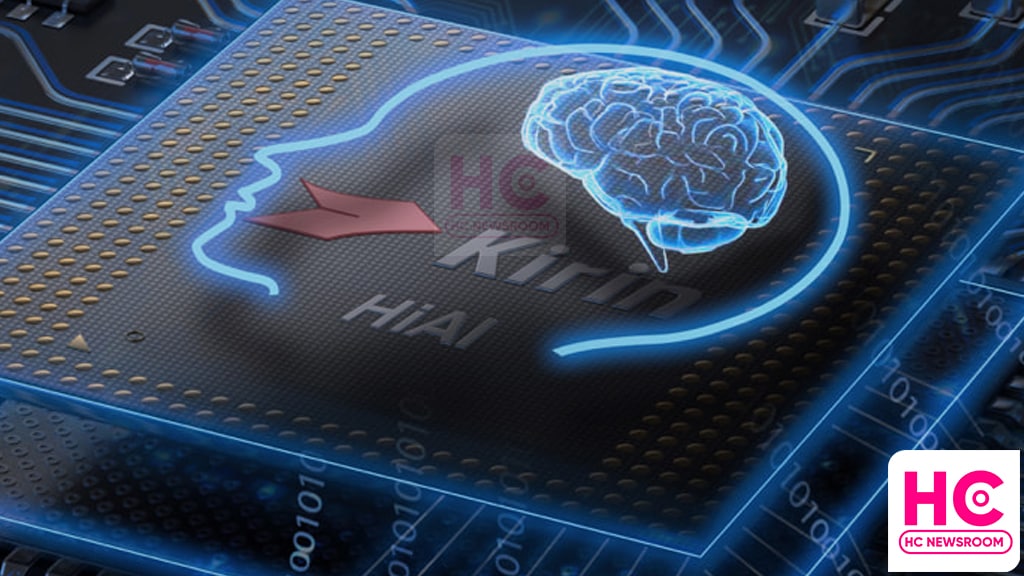News
Do you think Kirin chips will return next year?

There is a bunch of news surrounding Huawei‘s comeback in the chipset market. On the other hand, there’s a question tagged – whether the company will return to the Kirin franchise next year.
Reports suggest that Huawei is gathering support from Chinese semiconductor makers. The aim of this partnership between Huawei and Chinese firms is aimed to make a breakthrough in the chipset market.
Meanwhile, Huawei has not given any official node on this matter.
Following the last two news, readers have asked us whether the company would make a return with Kirin chipsets. On that, we don’t have an exact answer but we can check some facts before we jump to the conclusion.
Recent Report:
According to the source, Huawei initially plans to make network equipment chips, not smartphone processors. Because mobile chipset requires advanced lithography technology as compared to network equipment. Yet, the deadline for this achievement is set around this year.
That’s how we cannot deny the possibility of Huawei for the return of Kirin next year. However, we do believe that the company needs 5G RF component before proceeding with the mobile processor. As the company already has access to Snapdragon chips.
Still in development:
Past insights reveal that HiSilicon has not stopped researching semiconductor design. This would help the company to make a good comeback, once the printing services reconnect to build new Kirin processors.
Backdrop:
Back in 2019, Huawei has been prohibited to get U.S. technologies. The company cannot purchase new techs or sell them. In 2020, the U.S. further extended this ban and stopped Huawei from printing new chips via third-party manufacturers such as TSMC.
Kirin 9000 was the last Kirin that made its debut with the Huawei Mate 40 series. In the aftermath, the phone maker has saved some inventory for later released products such as Mate X2 and P50 series. However, it later decided to switch completely to Snapdragon processors but due to the lack of RF processors, the company cannot add 5G touch in new smartphones.
Still, Huawei keeps on digging for new ways to access new technologies and resolve the current difficulties.
Do you think, Kirin chipset will return next year? #Huawei #Kirin
— HC Newsroom (@HCNewsroom) September 26, 2022






